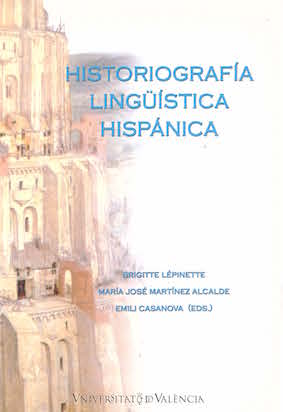El tratamiento de las partes de la oración en el Arte de la lengua Española de Juan Villar: entre los postulados sanctianos y la tradición escolar
DOI:
https://doi.org/10.7203/qfilologia.13.4031Keywords:
parts of the sentence, Rationalism, Latin scholar tradition, Jesuit pedagogy, revision of Nebrija’s Arte Abstract
Abstract
In this detailed study of the system of word classes (or parts of the sentence) proposed by the Jesuit Juan Villar in his Arte de la Lengua Española (Valencia, 1651), we highlight both the features shared with El Brocense’s innovating theories and those stemming from more traditional frameworks. We argue that Villar departs from Nebrija’s El Arte as revised and modified by Juan Luis de la Cerda (also a Jesuit). Father De la Cerda’s work (De institutione grammatica , 1601) had already combined the ideas contained in Introductiones Latinae by Nebrija with those El Brocense had introduced in his Minerva –which surely led Villar to adopt a mixed perspective in his treatment of the parts of the sentence.
 Downloads
Downloads
Downloads
How to Cite
-
Abstract334
-
PDF (Español)782
Issue
Section
License
 Este obra está bajo una licencia de Creative Commons Reconocimiento-NoComercial-SinObraDerivada 4.0 Internacional.
Este obra está bajo una licencia de Creative Commons Reconocimiento-NoComercial-SinObraDerivada 4.0 Internacional.
Authors who publish with this journal agree to the following terms:
- Authors retain copyright and grant the journal right of first publication with the work simultaneously licensed under a Creative Commons Attribution License that allows others to share the work with an acknowledgement of the work's authorship and initial publication in this journal.
- Authors are able to enter into separate, additional contractual arrangements for the non-exclusive distribution of the journal's published version of the work (e.g., post it to an institutional repository or publish it in a book), with an acknowledgement of its initial publication in this journal.
- Authors are permitted and encouraged to post their work online (e.g., in institutional repositories or on their website) prior to and during the submission process, as it can lead to productive exchanges, as well as earlier and greater citation of published work (See The Effect of Open Access).



